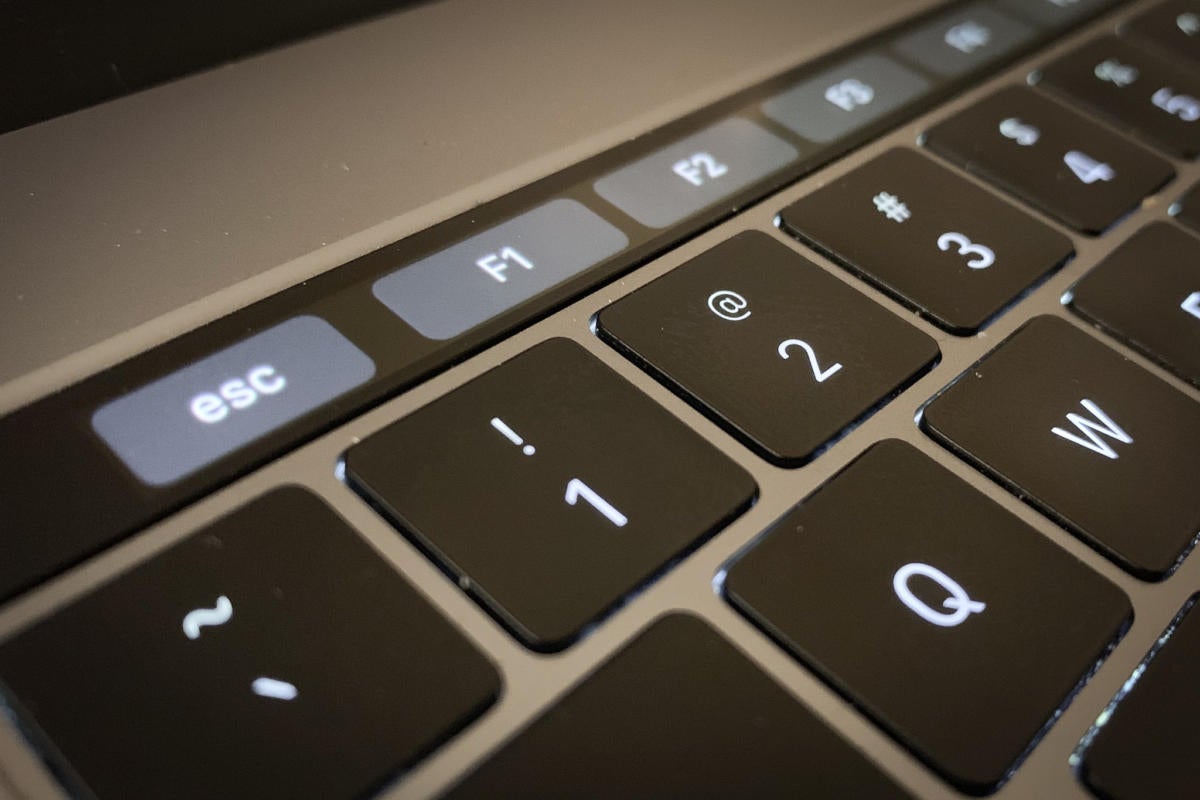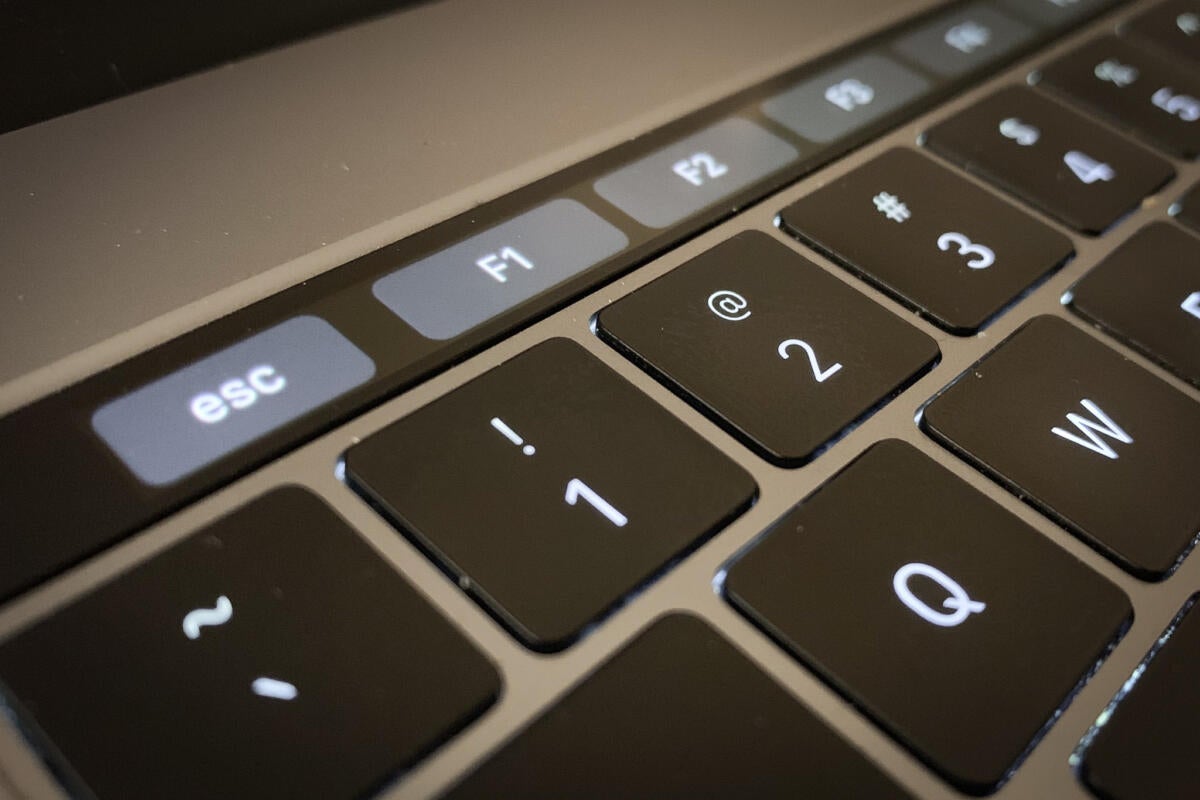
The move to power future Macs with Apple Silicon will give Apple ginormous control over its platform, enabling it to resolve almost every PC pain point.
But the company already sells Macs equipped with Apple Silicon.
Apple, Apple Silicon and touch
If you use a Mac equipped with Touch Bar, Touch ID or a T2 chip, you are already using an Apple-made co-processor.
The Touch Bar (at least in its first incarnation) uses the same S2 processor tucked away inside Apple Watch 2 – and it uses the Secure Enclave tech you find on iPhones, which handles system security for you. The T2 chip is also an Apple processor, which handles Siri for you.
In other words, Apple already ships Macs equipped with Apple Silicon.
These machines are already capable of delivering features you don’t find elsewhere. This also suggests Apple Silicon Macs will be inherently capable of transacting more tasks than most other PCs.
The move to put most system features on a single chip means those tasks will be handled quickly, efficiently and with low-power requirements.
Think about camera quality, battery life, or any of the other traditional PC pain points. These will all fall to the SoC integration Apple has designed – just as we can already see each time we switch between apps and see the tools provided by the Touch Bar change.
Just give me a reason
I hear the feedback and think a lot of MacBook Pro users don’t make as much use of the Touch Bar as many might have expected.
For myself, I find that I only really use it for specific tasks, particularly imaging or video – most of the time it’s simpler to rely on finger memory to get things done; even the temporary removal of the Esc key wasn’t quite enough to change those habits.
Indeed, at this point it feels like Touch Bar has become as ignored a slice of keyboard real estate as the Function keys it replaced. You can see the useful things those keys can do, but you usually have on-screen menus or keyboard shortcuts to get things done, mainly because you’ve learned to do so without needing to move your hands from their working position on the keyboard.
In other words, you need a better reason to use the Touch Bar.
When Apple Silicon begins to power up the entire Mac, you’ll get that reason.
When Macs get smart(er)
Think about it: Each time you move between applications on your Mac and the Touch Bar swiftly serves up a fresh selection of tools you’re seeing the potential for application-level integration between Mac and keyboard.
At the same time, you continue to experience what a traditional keyboard can achieve. Now imagine what happens if the Mac processor and the Touch Bar chip are even more closely entwined.
What can this union produce that may truly provide additional value to the Mac user experience?
I think the answer is in machine learning and the Shortcuts app.
Imagine your Mac quietly (and privately) monitoring your workflow habits, analyzing these merrily on the CoreML element of the SoC, dreaming up relevant Shortcuts and presenting them to you as single tap functions right there in the Touch Bar.
These valuable smart combinations will try to help you get tasks done faster simply by predicting what those tasks might be.
They will work across apps, integrate with iCloud and could, perhaps, create combined workflows across all your Apple devices – take a photo with your iPhone, tap the Touch Bar on your Mac and have that photo integrated across multiple pages of your company report and website design, for example.
(That’s a prosaic illustration, but the kind of automation I’m thinking about has much more in common with automated enterprise workflows and Robotic Process Automation (RPA) than imaging and web design.)
This kind of potential is eminently plausible for the Apple Silicon Mac.
Your digital twin
Why? Because we already see Apple moving in this direction on iOS devices, with Siri Shortcuts and Siri’s increasingly more relevant penchant for suggesting workflow automations that may make a difference to you.
I accept that you can already build Automator actions for Touch Bar for some tasks, but I think the automated Siri Shortcut approach to workflow enhancement will be more widely used.
This kind of integration between system, software and the computer isn’t easily possible using components from multiple manufacturers. It becomes eminently achievable using Apple Silicon on a Mac – and if you think about the work you use your Mac to do, the implications of such process automation may well turn out to be more profound.
Would you use the Touch Bar more often if it knew how to do all your most repetitive tasks for you? I think you might.
Your Mac is becoming your “digital twin.”
Please follow me on Twitter, or join me in the AppleHolic’s bar & grill and Apple Discussions groups on MeWe.


